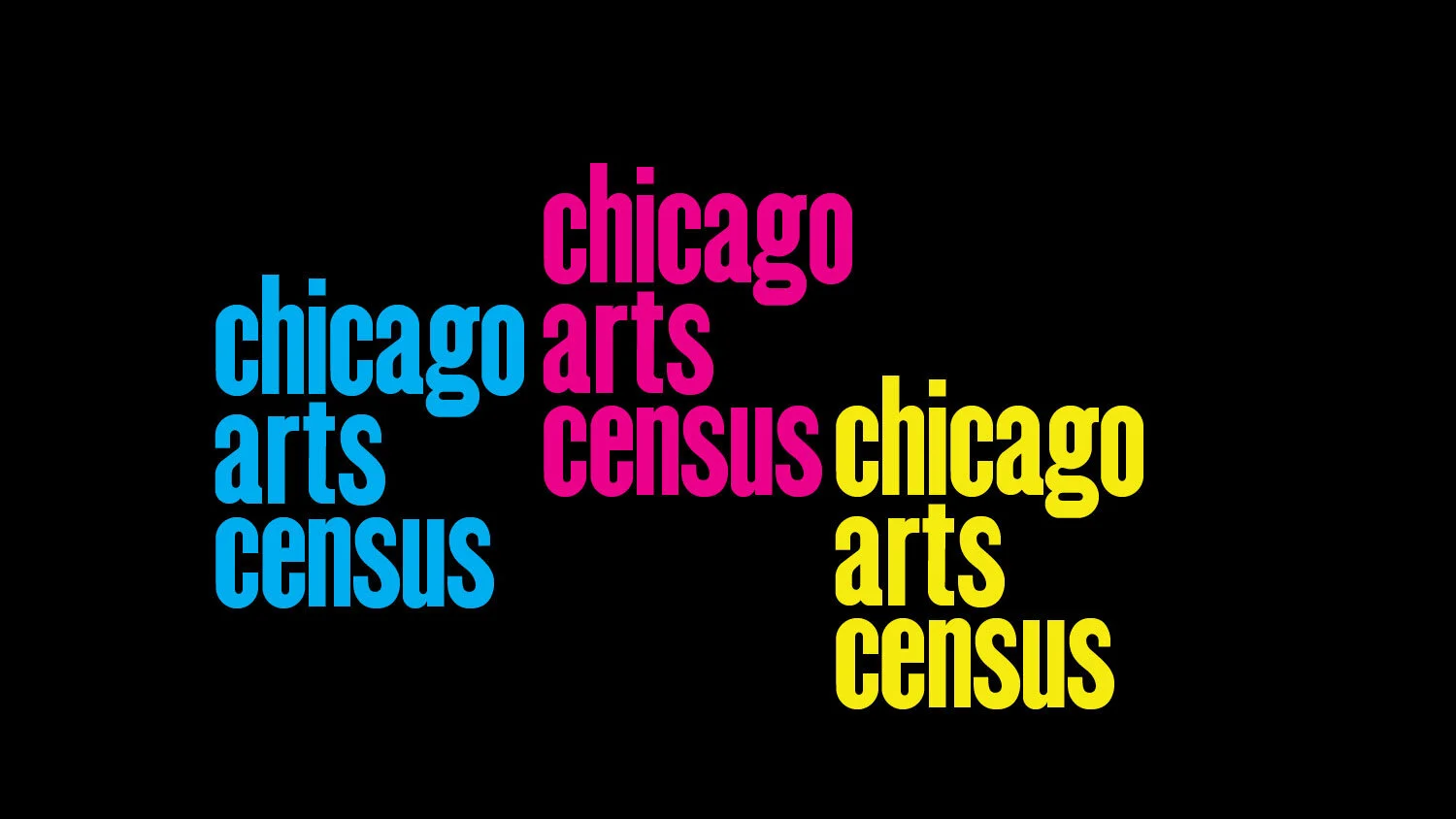Art for a Virtual World
With support from PMI, Communities Amplified broadcasts from the South Ashland Bridgehouse. Strategically selecting Chicago’s bridgehouses to serve as a network of community-accessed radio stations envisions, these underutilized infrastructures as civic magnets, gathering cultural life along the Chicago River. Photo credit: Public Media Institute
Bringing the arts online through an innovative 24-hour livestream
Though widespread quarantine mandates and mass show cancellations were critical to keep people alive as COVID-19 ravaged cities in early 2020, those same life-saving efforts initially spelled disaster for the arts community.
As revenue from ticket sales and concessions from live events disappeared, so did opportunities to share, connect, and perform. Working artists were hit hard by the loss of income, but they also lost the opportunity to perform. Musicians, dancers, and visual artists all found themselves together, apart, in mourning the inability to share their passion with the world.
Then came “The Quarantine Times.” A project of Public Media Institute (PMI), a community-based art and culture nonprofit headquartered in Chicago’s Bridgeport neighborhood, the campaign commissioned hundreds of local artists to use their unique skills to document this strange, challenging moment in time. Artists were paid $500 each for their work and also gained the opportunity to share their creative responses to the pandemic online with the PMI community via email, radio, and PMI’s website.
For many, it was an immediate and critical lifeline. But as the months wore on, it became apparent that a static website was simply not the most compelling, engaging way to share art.
“We started fast-tracking a project that was already in the works: creating a livestream of video footage to run parallel to our existing radio station,” said Nick Wylie, PMI’s executive director. “We had already been planning a basement studio to work on this initiative, but when the pandemic hit, we realized we needed to do this now.”
“Lumpen TV” soon became reality. PMI used funds from Walder Foundation to first commission a livestreaming computer robust enough to meet the technological needs of a livestream endeavor, and then set about building a model for a sustainable, 24-hour live TV stream, including hiring staff, buying equipment, and solidifying community partnerships.
Today, Lumpen TV is a fully operating, 24-hour, small-scale television station complete with a camera crew and stage set. Performers can safely convene, individually and in small groups, in PMI’s newly built TV studio to share their art with the world. Viewers can tune in online from around the world to immediately access avante garde, commercial-free programming.
The station produces its own original programming, and also supports other arts and culture organizations throughout the city by recording and livestreaming their programming and making it accessible online.
Moving forward, PMI intends to sustain Lumpen TLVSN through partner collaborations, earned income from contracted live stream support, technical training, studio rentals, ticket sales, and memberships.
“Having worked to figure out the kinks on our side, while supporting a range of emerging and established artists throughout Chicago, we now feel confident that we can not only produce our own work and collaborate with others, but also provide lessons and training,” said Wylie. “We’re also able to be a resource for the many performing arts organizations and individuals that are not as well-positioned to launch their own new media platforms.”
Get more stories like this delivered to your inbox.
Sign up with your email address to receive news and updates.











